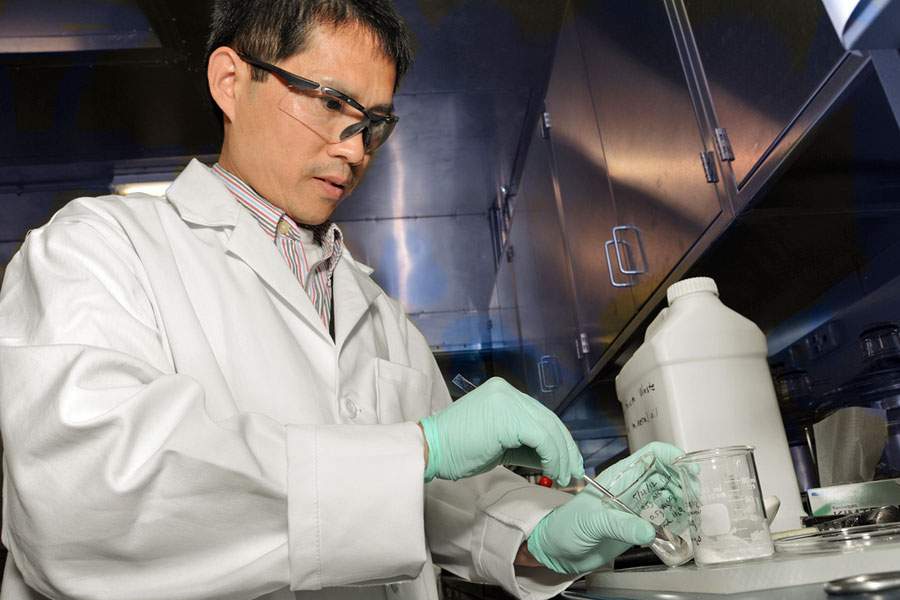
I have a trivia question for you, Don. What do the Ebola virus, anthrax, and the avian flu have in common?
Researching Disease
After all, they're some of the most dangerous, deadly diseases around. On today's A Moment of Science, we're looking at a less expected link among these types of disease: the risk that's involved in researching them.
You see, scientific research into how dangerous diseases work is an inherently risky business. By increasing the amount of information that's available about lethal organisms such as anthrax, research also increases the risk of those pathogens being used for nefarious purposes by bioterrorists.
Pathogens
On the other hand, though, the more we know about these pathogens, the better equipped we are to predict the risks associated with them, develop vaccines that can prevent their spread, or to treat illness quickly in the case of an outbreak.
Any research that has the potential to be used toward both beneficial and destructive purposes has a special classification. It's called "Dual Use Research of Concern," or, DURC for short.
DURC
DURC is highly regulated. Scientists need special security clearance if their work has "dual use" concern. They must have specialized training, they use top notch safety equipment, and their work is carefully and constantly reviewed. Most importantly, though, projects stamped with the DURC classification have to demonstrate that the potential benefits of the knowledge they will generate outweigh their risks.
DURC made a lot of headlines in 2012, thanks to a group of scientists who study the avian flu. For more details about that risky research, tune in next time.









